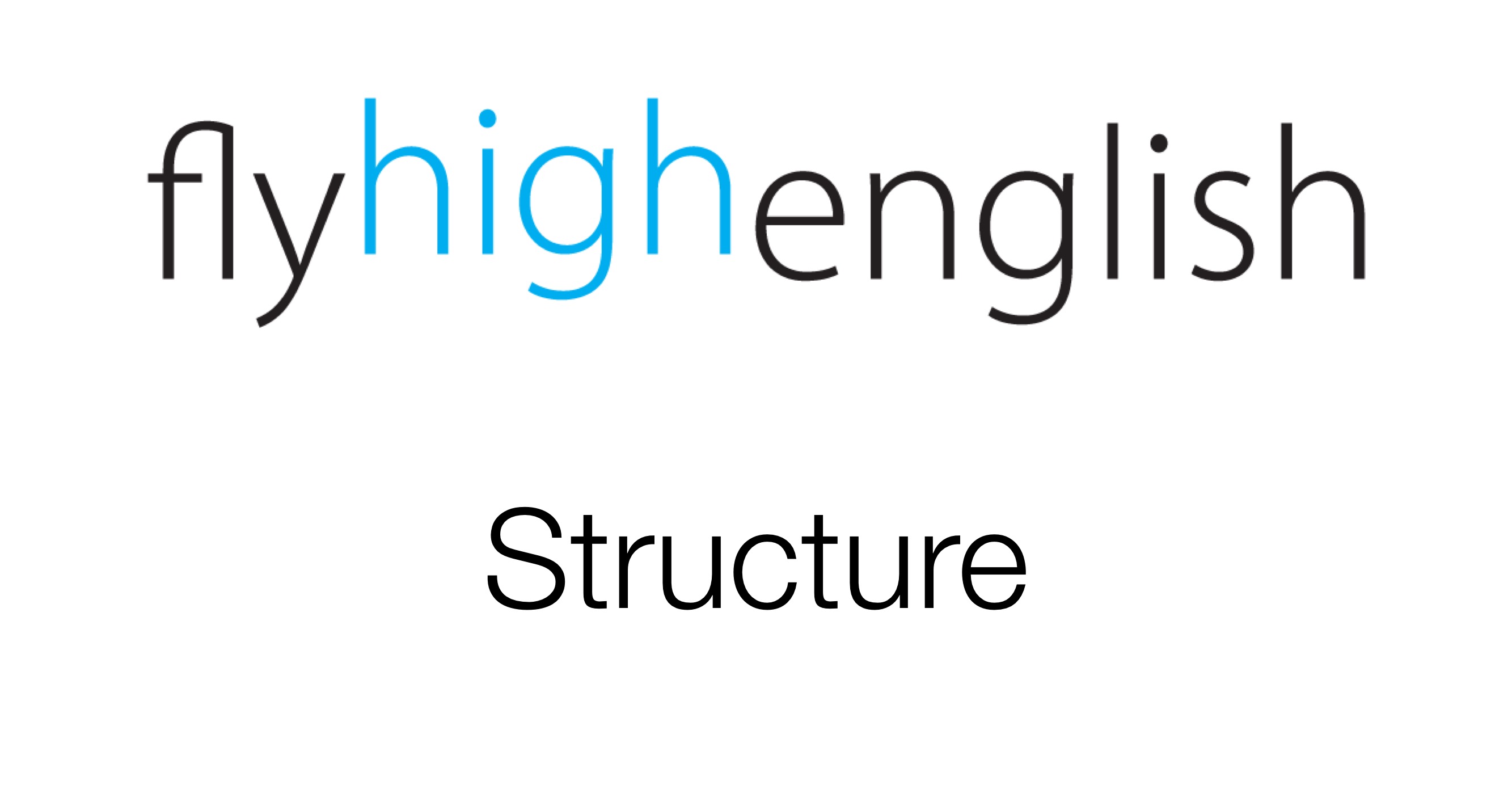
This time in our structure help we continue to talk about conjunctions. This time we look at because, although and as long as. These conjunctions are a little different than our previous conjunctions in ‘conjunctions 1’ because the part of the sentence after the conjunction (the subordinate clause) cannot be used by itself. For example, ‘because I had time’ is a subordinate clause, is not a proper sentence and needs to have another part to become a proper sentence. The conjunctions although and as long as function in the same way. Check out the diagram below for more information and try to write some of your own sentences with these conjunctions.

Follow us on twitter here, Facebook here or Google+ here for more great content!
Have a great day!





